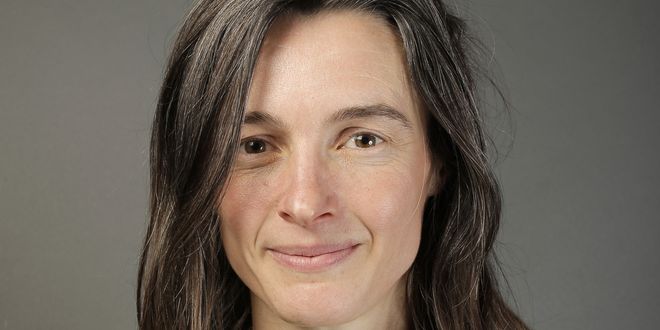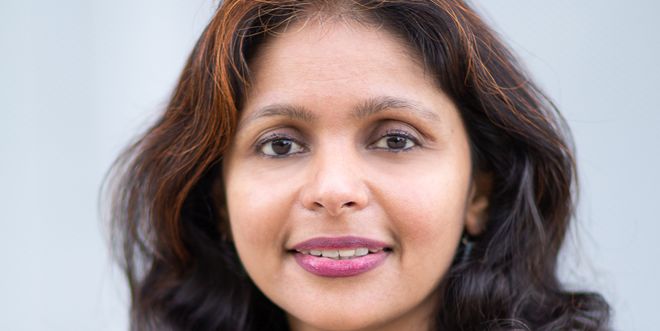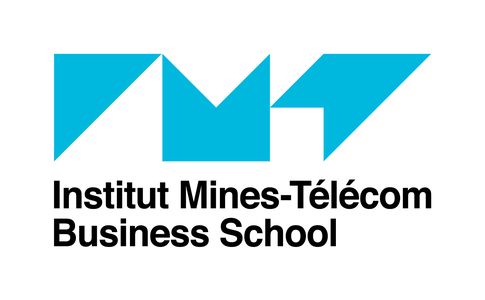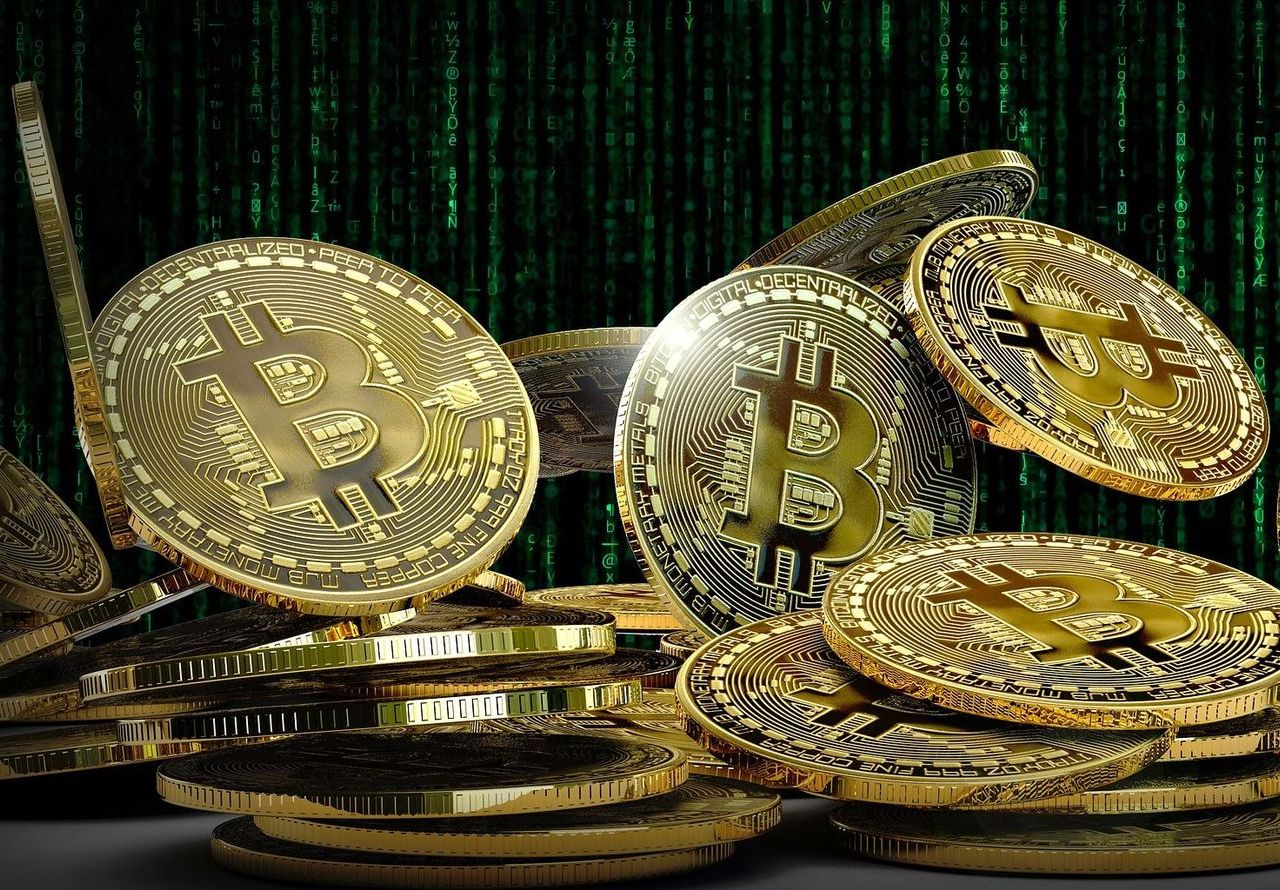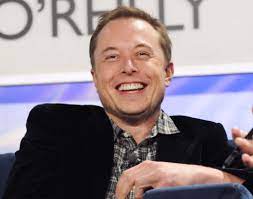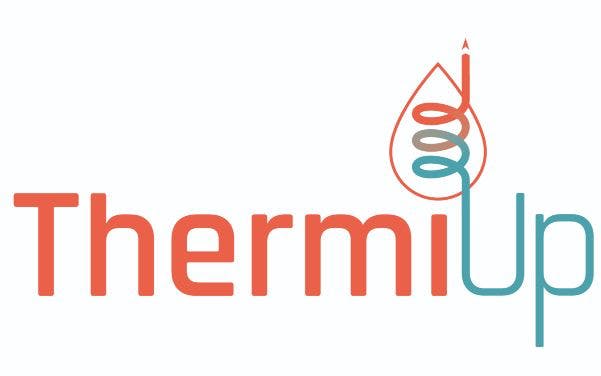Benoît Demil, I-site Université Lille Nord Europe (ULNE) and Geoffrey Leuridan, IMT Atlantique – Institut Mines-Télécom
The Covid-19 crisis has put lasting strain on the health care system, in France and around the world. Hospital staff have had to deal with increasing numbers of patients, often in challenging conditions in terms of equipment and space: a shortage of masks and protective equipment initially, then a lack of respirators and anesthetics, and more recently, overloaded intensive care units.
Adding to these difficulties, logistical problems have exacerbated shortage problems. Under these extreme conditions, and despite all the difficulties, the hospital system has withstood and absorbed the shock of the crisis. “The hospital system did not crack under pressure,” as stated by Étienne Minvielle and Hervé Dumez, co-authors of a report on the French hospital management system during the Covid-19 crisis.
While it is unclear how long such a feat can be maintained, and at what price, we may also ask questions about the resilience and reliability of the health care system. In other words, how can care capacity be maintained at a constant quality when the organization is under extreme pressure?
We sought to understand this in a study conducted over 14 months during a non-Covid period, with the staff of a critical care unit of a university hospital center.
High reliability organizations
The concepts of resilience and reliability, which have become buzzwords in the current crisis, have been studied extensively for over 30 years in organizational science research – more particularly those focusing on High Reliability Organizations (HRO).
This research has offered insights into the mechanisms and factors that enable complex sociotechnical systems to maintain safety and a constant quality of service, although the risk of failure remains possible, with serious consequences.
The typical example of an HRO is an aircraft carrier. We know that deference to expertise and skills within a working group, permanent learning routines and training explain how it can ensure its primary mission over time. But much less is known about how the parties involved manage the resources required for their work, and how this management affects resilience and reliability.
Two kinds of situations
In a critical care unit, activity is continuous but irregular, both quantitatively and qualitatively. Some days are uneventful, with a low number of patients, common disorders and diseases, and care that does not present any particular difficulties. The risks of the patients’ health deteriorating are of course still present, but remain under control. This is the most frequently-observed context: 80 of the 92 intervention situations recorded and analyzed in our research relate to such a context.
At times, however, activity is significantly disrupted by a sudden influx of patients (for example, following a serious automobile accident), or by a rapid and sudden change in a patient’s condition. The tension becomes palpable within the unit, movements are quicker and more precise, conversations between health care workers are brief and focused on what is happening.
In both cases, observations show differentiated management of resources, whether human, technical or relating to space. To understand these differences, we must draw on a concept that has long existed in organizational theory: organizational slack, which was brought to light in 1963 by Richard Cyert and James March.
Slack for shocks
This important concept in the study of organizations refers to excess resources in relation to optimal operations. Organizations or their members accumulate this slack to handle multiple demands, which may be competing at times.
The life of organizations offers a multitude of opportunities for producing and using slack. Examples include the financial reserves a company keeps on hand “just in case”, the safety stock a production manager builds up, the redundancy of certain functions or suppliers, the few extra days allowed for a project, oversized budgets negotiated by a manager to meet his year-end targets etc. All of these practices, which are quite common in organizations, contribute to resilience in two ways.
First, they make it possible to avoid unpredictable shocks, such as the default of a subcontractor, an employee being out on sick leave, an unforeseen event that affects a project or a machine breaking down. Moreover, in risk situations, they prevent the disruption of the sociotechnical system by maintaining it in a non-degraded environment.
Second, these practices absorb the adverse effects of shocks when they arise unexpectedly – whether due to a strike or the sudden arrival of patients in an emergency unit.
How do hospitals create slack?
Let us first note that in a critical care unit, the staff produces and uses slack all the time. It comes from negotiations that the head of the department has with the hospital administration to obtain and defend the spaces and staff required for the unit to operate as effectively as possible. These negotiations are far from the everyday care activity, but are crucial for the organization to run effectively.
At the operational level, health care workers also free up resources quickly, in particular in terms of available beds, to accommodate new patients who arrive unexpectedly. The system for managing the order of priority for patients and their transfer is a method commonly used to ensure that there is always an excess of available resources.
In most cases, these practices of negotiation and rapid rotation of resources make it possible for the unit to handle situations that arise during its activity. At times, however, due to the very nature of the activity, such practices may not suffice. How do health care workers manage in such situations?
Constant juggling
Our observations show that other practices offset the temporary lack of resources.
Examples include calling in the unit’s day staff as well as night staff, or others from outside the unit to “lend a hand”, reconfiguring the space to create an additional bed with the necessary technical equipment or negotiating a rapid transfer of patients to other departments.
This constant juggling allows health care workers to handle emergency situations that may otherwise overwhelm them and put patients lives in danger. For them, the goal is to make the best use of the resources available, but also to produce them locally and temporarily when required by emergency situations.
Are all costs allowed?
The existence of slack poses a fundamental problem for organizations – in particular those whose activity requires them to be resilient to ensure a high degree of reliability. Keeping unutilized resources on hand “just in case” goes against a managerial approach that seeks to optimize the use of resources, whether human, financial or equipment – as called for by New Public Management since the 1980s, in an effort to lower the costs of public services.
This approach has had a clear impact on the health care system, and in particular on the French hospital system over the past two decades, as the recent example of problems with strategic stocks of masks at the beginning of the Covid pandemic unfortunately illustrated .
Beyond the hospital, military experts have recently made the same observation, noting that “economic concerns in terms of defense, meaning efficiency, are a very recent idea,” which “conflicts with the military notions of ‘reserve,’ ‘redundancy’ and ‘escalation of force,’ which are essential to operational effectiveness and to what is now referred to as resilience.”
Of course, this quest for optimization does not only apply to public organizations. But it often goes hand in hand with greater vulnerability of the sociotechnical systems involved. In any case, this was observed during the health crisis, in light of the optimization implemented at the global level to reduce costs in companies’ supply chains.
To understand this, one only needs to look at the recent stranding of the Ever Given. Blocked for a week in the Suez Canal, this giant container paralyzed 10% of global trade for a week. What lessons can be learned from this?
A phenomenon made invisible in emergencies
First of all, it is important for organizations aiming for high reliability to keep in mind that maintaining slack has a cost, and that that they must therefore identify the systems or sub-systems for which resilience must absolutely be ensured. The difference between slack that means wasting resources and slack that allows for resilience is a very fine line.
Bearing this cost calls for education efforts, since it must not only be fully agreed to by all of the stakeholders, but also justified and defended.
Lastly, the study we conducted in a critical care unit showed that while slack is produced in part during action, it disappears once a situation has stabilized.
This phenomenon is therefore largely invisible to managers of hospital facilities. While these micro-practices may not be measured by traditional performance indicators, they nevertheless contribute significantly: this might not be a new lesson, but it is worth repeating to ensure that it is not forgotten.
Benoît Demil, professor of strategic management, I-site Université Lille Nord Europe (ULNE) and Geoffrey Leuridan, research professor, IMT Atlantique – Institut Mines-Télécom
This article has been republished from The Conversation under a Creative Commons license. Read the original article (in French).

